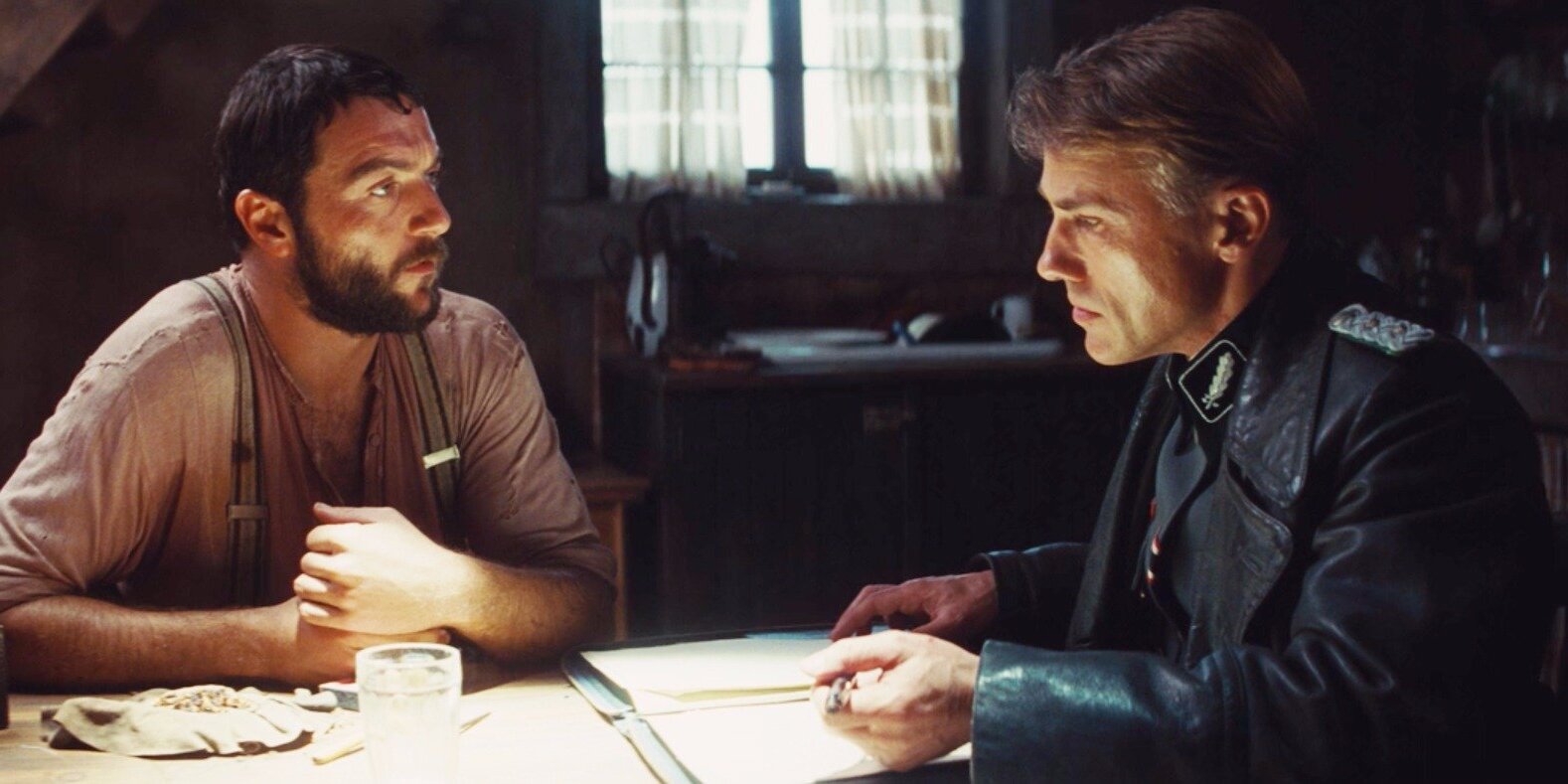
Dialogue-driven video games have taken the gaming world by storm. These games offer players a unique experience where choices and conversations shape the story. But what makes them so captivating? Dialogue-driven games often feature rich narratives, complex characters, and moral dilemmas that keep players engaged for hours. They allow gamers to immerse themselves in the story, making decisions that can lead to multiple endings. From indie gems to blockbuster hits, these games have something for everyone. Whether you're a seasoned gamer or new to the scene, understanding the appeal of dialogue-driven games can enhance your gaming experience. Ready to dive into the world of interactive storytelling? Let's explore 25 fascinating facts about these captivating games!
Key Takeaways:
- Dialogue-driven storytelling relies on character conversations to create engaging narratives that feel natural and immersive, revealing personalities and advancing the plot.
- Crafting effective dialogue requires skill and attention to detail, balancing authenticity with clarity to keep readers engaged and characters distinct.
What is Dialogue-Driven Storytelling?
Dialogue-driven storytelling focuses on character conversations to advance the plot, reveal personalities, and build the world. This method can create engaging narratives that feel natural and immersive.
- Dialogue-driven storytelling relies heavily on character interactions rather than descriptive exposition.
- Characters' speech patterns and word choices can reveal their backgrounds, motivations, and emotions.
- This storytelling style often mimics real-life conversations, making the narrative more relatable.
- Dialogue can create tension, humor, or drama, enhancing the emotional impact of the story.
- Writers must ensure each character has a unique voice to avoid confusion and maintain interest.
Benefits of Dialogue-Driven Storytelling
Using dialogue as a primary storytelling tool offers several advantages. It can make stories more dynamic and engaging, drawing readers into the characters' lives.
- Dialogue-driven stories can be faster-paced, keeping readers hooked.
- Conversations can reveal plot points organically, avoiding info-dumps.
- This method allows for more show-don't-tell moments, making the narrative vivid.
- Readers can form stronger connections with characters through their spoken words.
- Dialogue can break up long passages of text, making the story easier to read.
Techniques for Effective Dialogue
Crafting compelling dialogue requires skill and attention to detail. Writers must balance authenticity with clarity to keep readers engaged.
- Effective dialogue often includes subtext, where characters say one thing but mean another.
- Interruptions and overlapping speech can make conversations feel more realistic.
- Writers should avoid overly formal or perfect grammar in dialogue unless it suits the character.
- Using contractions and slang can make characters sound more natural.
- Dialogue tags (like "he said" or "she asked") should be used sparingly to maintain flow.
Challenges of Dialogue-Driven Storytelling
While dialogue-driven storytelling has many benefits, it also presents unique challenges. Writers must navigate these to create a successful narrative.
- Over-reliance on dialogue can lead to underdeveloped settings and descriptions.
- Characters may start to sound similar if not carefully crafted.
- Balancing dialogue with action and description is crucial to avoid monotony.
- Writers must ensure dialogue serves a purpose, advancing the plot or developing characters.
- Realistic dialogue can sometimes be mundane, so writers need to find a balance between authenticity and interest.
Examples of Dialogue-Driven Stories
Many successful stories and authors have utilized dialogue-driven storytelling to great effect. These examples highlight the power of character conversations.
- Ernest Hemingway's "Hills Like White Elephants" is a masterclass in subtext and dialogue.
- J.D. Salinger's "The Catcher in the Rye" uses Holden Caulfield's voice to drive the narrative.
- Quentin Tarantino's films, like "Pulp Fiction," are renowned for their sharp, memorable dialogue.
- Aaron Sorkin's screenplays, including "The West Wing," showcase rapid-fire, intelligent conversations.
- Richard Linklater's "Before" trilogy relies almost entirely on dialogue to explore relationships and personal growth.
Final Thoughts on Dialogue-Driven Films
Dialogue-driven films captivate audiences with their sharp, witty, and often profound conversations. These movies rely heavily on well-crafted scripts and talented actors to bring the story to life. They can make us laugh, cry, or think deeply about life’s complexities. Unlike action-packed blockbusters, these films focus on character development and the subtleties of human interaction.
From classics like "12 Angry Men" to modern gems like "Before Sunrise," dialogue-driven films have a unique charm. They remind us that sometimes, the most compelling stories come from simple conversations. If you’re a fan of rich dialogue and nuanced performances, these films offer a refreshing change of pace.
So, next time you’re in the mood for a movie, consider diving into a dialogue-driven film. You might find yourself engrossed in a world where words truly matter.
Frequently Asked Questions
Was this page helpful?
Our commitment to delivering trustworthy and engaging content is at the heart of what we do. Each fact on our site is contributed by real users like you, bringing a wealth of diverse insights and information. To ensure the highest standards of accuracy and reliability, our dedicated editors meticulously review each submission. This process guarantees that the facts we share are not only fascinating but also credible. Trust in our commitment to quality and authenticity as you explore and learn with us.
